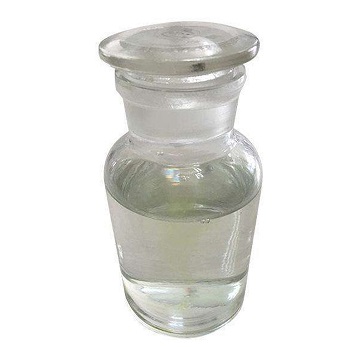酢酸リナリル 化学特性,用途語,生産方法
外観
無色~ほとんど無色, 澄明の液体
定義
本品は、酢酸(*)とリナロール(*)のエステルであり、次の化学式で表される。
参照表示名称:酢酸, リナロール
溶解性
エタノール及びアセトンに極めて溶けやすく、水にほとんど溶けない。
用途
香料原料(石鹸、化粧品、洗剤)。
用途
花,果実用調合香料, 石けん?化粧品?洗剤用香料
化粧品の成分用途
香料
効能
別名:3,7-ジメチルオクタ-1,6-ジエン-3-イル=アセタート (3,7-dimethylocta-1,6-diene-3-yl acetate);(+)-リナロオールの酢酸エステル
化学的特性
Linalyl Acetate occurs as its isomer as the main component of lavender oil (30–60%, depending on the origin of the oil), of lavandin oil (25–50%, depending on the species), and of bergamot oil (30–45%). It has also been found in clary sage oil (up to 75%) and in a small amount in many other essential oils. Racemic linalyl acetate is a colorless liquid with a distinct bergamot–lavender odor.

Linalyl acetate is used extensively in perfumery. It is an excellent fragrance material for, among others, bergamot, lilac, lavender, linden, neroli, ylang-ylang, and fantasy notes (particularly chypre). Smaller amounts are used in other citrus products. Since linalyl acetate is fairly stable toward alkali, it can also be employed in soaps and detergents.
天然物の起源
Reported found in the essential oils of bergamot, lavender, clary sage and lavandin; also identified among
the constituents of the essential oils of Salvia officinalis, petitgrain, sassafras, neroli, lemon, Italian lime, jasmine, Mentha citrata,
Mentha aquatica, Thymus mastichina, etc; also reported in abundant quantities in the essential oil from flowers, leaves and stems
of Tagetes patula, in the distillate from leaves of Citrus aurantifolia from India, and in the essential oil of Mentha arvensis. Also
reported found in citrus peel oils and juices, berries, peach, celery, tomato, cinnamon, clove, nutmeg, pepper, thymus, grape wines,
avocado, mushroom, marjoram, mango, cardamom, coriander, gin, origanum, lovage, laurel, myrtle leaf, rosemary, sage and mastic
gum oil.
使用
Linalyl Acetate ermentative production of medium or short chain length alcohol, esters and/or glucosides by metabolically engineered microorganism.
製造方法
Linalyl acetate is synthesized by two methods:
1) Esterification of linalool requires special reaction conditions since it tends to
undergo dehydration and cyclization as it is an unsaturated tertiary alcohol.
These reactions can be avoided as follows: esterification with ketene in the
presence of an acidic esterification catalyst below 30 °C results in the formation
of linalyl acetate without any by-products. Esterification can be achieved in good yield, with boiling acetic anhydride, whereby the acetic
acid is distilled off as it is formed; a large excess of acetic anhydride must
be maintained by continuous addition of anhydride to the still vessel.
Highly pure linalyl acetate can be obtained by transesterification of tert-butyl
acetate with linalool in the presence of sodium methylate and by continuous
removal of the tert-butanol formed in the process.
2) Dehydrolinalool, obtained by ethynylation of 6-methyl-5-hepten-2-one, can
be converted into dehydrolinalyl acetatewith acetic anhydride in the presence
of an acidic esterification catalyst. Partial hydrogenation of the triple bond
to linalyl acetate can be carried out with, for example, palladium catalysts
deactivated with lead.
一般的な説明
Linalyl acetate is a monoterpene ester mainly found in lavandula essential oil. It is used as a flavoring agent in food industries, as well as a preservative additive in cosmetics and fragrances such as soaps, colognes, perfumes, and skin lotions.
化学性质
ベルガモット様,ペア様
接触アレルゲン
Structurally close to linalool, linalyl acetate is the main component of lavender oil and is commonly used in fragrances and toiletries, and in household cleaners and detergents as well. By autoxidation, it leads mainly to hydroperoxides, with a high sensitizing potent.
参考文献
Y.R. Naves, Helv. Chim. Acta, 29, 553 (1946), DOI: 10.1002/hlca.19460290307.
酢酸リナリル 上流と下流の製品情報
原材料
準備製品